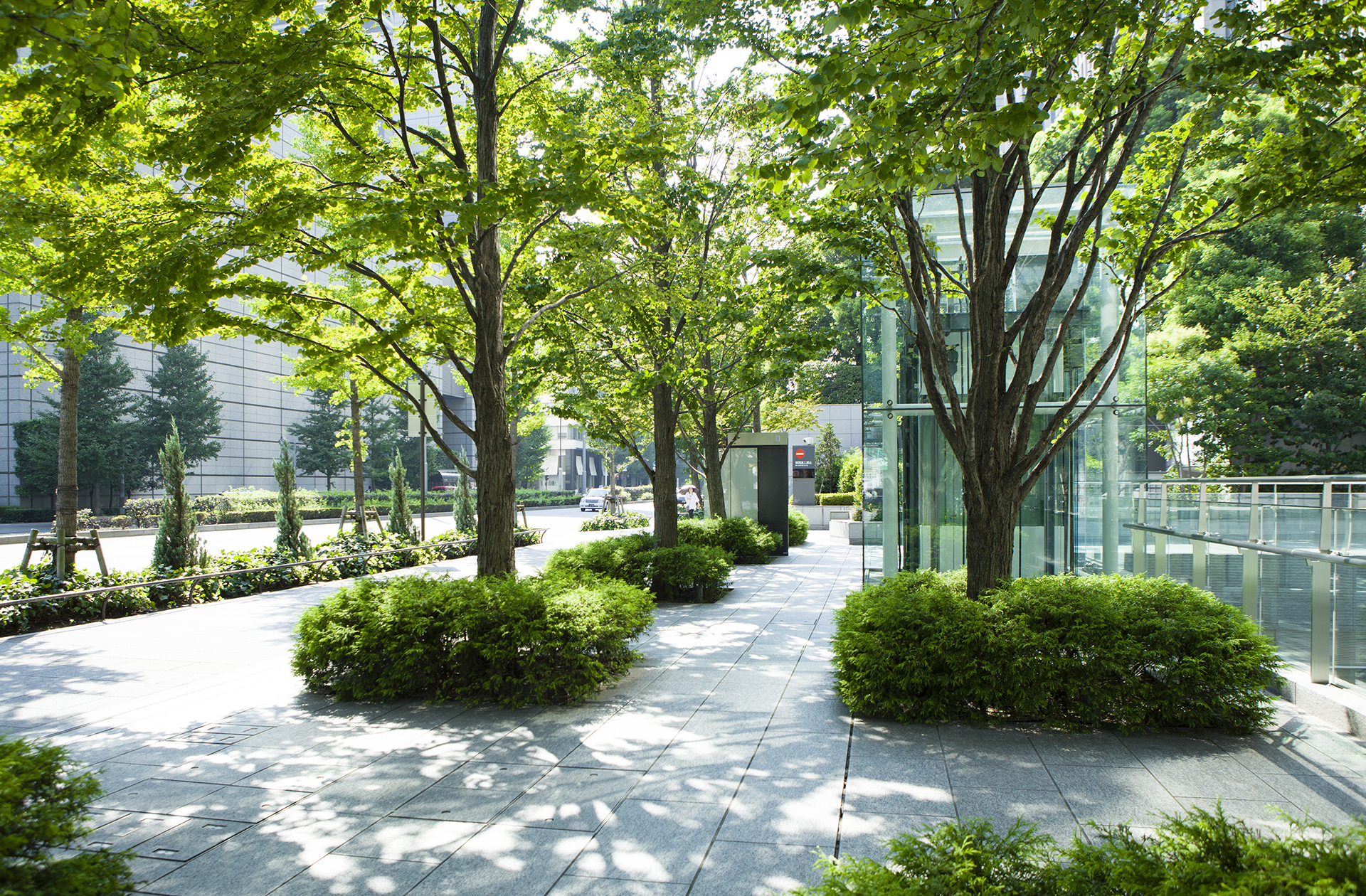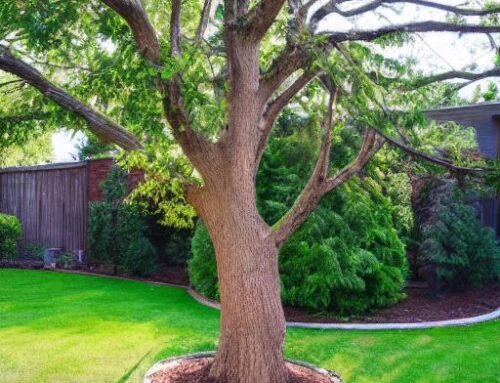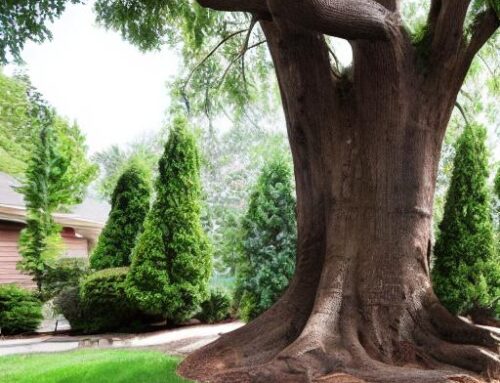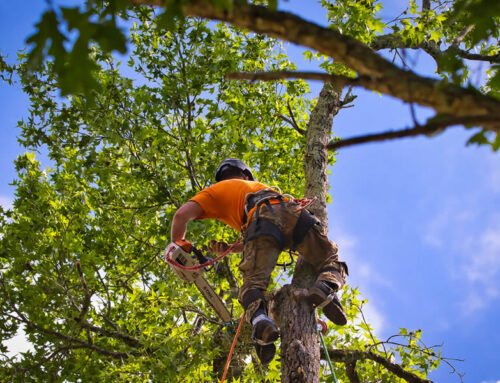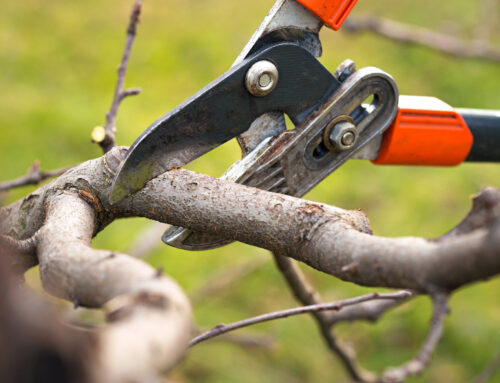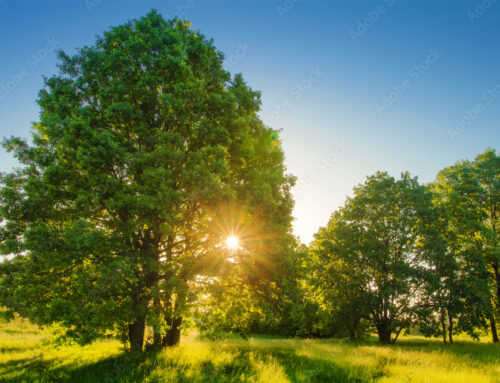As we walk through the bustling streets of New York City, Central Park stands as a testament to the vital role trees play in urban landscapes. Trees do more than provide shade and enhance the beauty of our cities; they actively improve our environment in numerous ways. From reducing air pollution to fostering biodiversity, urban trees are unsung heroes in our quest for sustainable living. But what exactly are the specific benefits that trees offer our cities, and how can we maximize their potential for a greener future?
The Significance of Urban Trees: Benefits Beyond Aesthetics
Urban trees play a crucial role in enhancing the quality of life for city residents by providing numerous benefits beyond just visual appeal. As members of a bustling urban community, we often find solace in the shade of a tree-lined street or the peaceful atmosphere of a tree-filled park. These green giants not only beautify our surroundings but also contribute to our well-being in ways we may not even realize.
One significant benefit of urban trees is their ability to improve air quality. Through the process of photosynthesis, trees absorb harmful pollutants such as carbon dioxide, sulfur dioxide, and nitrogen dioxide, releasing oxygen into the air in return. This natural filtration system helps to reduce the levels of air pollution in our cities, creating a healthier environment for all of us to enjoy.
Furthermore, urban trees provide valuable ecosystem services by supporting biodiversity and promoting a sense of connection to nature in our urban landscapes. They offer habitats for birds, insects, and other wildlife, adding to the ecological richness of our surroundings. By fostering a more diverse urban ecosystem, trees enhance the resilience of our cities and create opportunities for us to engage with the natural world.
In essence, urban trees are not just mere decorations in our urban environment; they are vital components that contribute to our overall quality of life. As members of this vibrant community, we must recognize and appreciate the multifaceted benefits that trees bring to our cities, fostering a sense of belonging and connection to the green spaces that surround us.
How Trees Contribute to Urban Wildlife Habitats
Trees play a crucial role in providing habitats for urban wildlife, fostering biodiversity, and enriching the ecological balance of our city environments. In our bustling urban landscapes, trees serve as vital sanctuaries for a variety of creatures, from birds and squirrels to insects and small mammals. These green oases amidst concrete jungles offer shelter, food sources, and breeding grounds for wildlife, creating a harmonious coexistence between nature and city life.
As we walk through tree-lined streets or relax in urban parks, we may not always realize the lively ecosystems that exist within and around these majestic plants. The rustling leaves provide refuge for birds building their nests, while the diverse insects that inhabit trees attract insect-eating birds, creating a natural cycle of life within our urban areas.
Moreover, trees contribute to the overall health and well-being of urban wildlife by offering protection from predators, extreme weather conditions, and human disturbances. By supporting a rich array of flora and fauna, trees enhance the beauty and resilience of our urban landscapes, reminding us of the interconnectedness of all living beings in our shared environment.
In essence, trees are not just silent spectators in our cities; they are dynamic contributors to the vibrant tapestry of urban wildlife habitats, inviting us to appreciate and safeguard these precious havens for generations to come.
Mitigating Urban Heat Islands with Strategic Tree Planting
Strategically planting trees can effectively mitigate the heat island effect in urban areas. As a community, we understand the importance of creating spaces where we can thrive together while also caring for our environment. Urban heat islands, those areas significantly warmer than their surroundings due to human activities, can impact our well-being. However, by intentionally planting trees in key locations throughout our city, we can cool these hot spots and create more comfortable environments for everyone.
Trees provide essential shade, reducing the amount of heat absorbed by buildings and pavement. Through a process called evapotranspiration, trees release water vapor which cools the air, further lowering temperatures in urban areas. This cooling effect not only enhances our comfort during hot days but also decreases the energy needed for air conditioning, contributing to cost savings and environmental sustainability.
Moreover, trees help improve air quality by absorbing pollutants and producing oxygen, creating healthier neighborhoods for us all to enjoy. By strategically planting trees in parks, along streets, and around buildings, we can foster a sense of belonging and pride in our community. Together, we can combat the urban heat island effect and create a more sustainable and pleasant urban landscape for current and future generations to relish.
The Role of Tree Service Companies in Urban Forestry
To effectively manage and enhance urban green spaces, tree service companies play a pivotal role in urban forestry practices. Our cities rely on these dedicated professionals to care for the trees that line our streets, beautify our parks, and provide essential environmental benefits. Tree service companies, with their expertise and specialized equipment, ensure the health and longevity of urban trees, contributing to a more sustainable and vibrant urban landscape.
These companies offer a range of services that help maintain the urban forest. From tree trimming and pruning to tree removal and emergency storm response, they work tirelessly to keep our communities safe and green. By properly maintaining trees, they reduce hazards such as falling branches and help mitigate the urban heat island effect by providing shade and cooling effects.
Furthermore, tree service companies play a vital role in promoting community engagement and education about the importance of trees in our urban environment. Through outreach programs, workshops, and tree planting initiatives, they inspire residents to take an active role in caring for their local green spaces. This sense of shared responsibility fosters a greater sense of belonging and connection to our urban forests, creating healthier and more sustainable cities for all of us to enjoy.
Growing Greener Cities Together
Together, we can cultivate urban environments that prioritize sustainability and community well-being through collaborative efforts in growing greener cities. By joining forces and working hand in hand, we have the power to transform our urban landscapes into vibrant, eco-friendly spaces that benefit us all. One of the key ways we can achieve this is by collectively planting more trees in our cities. Trees not only enhance the beauty of our surroundings but also play a crucial role in improving air quality, reducing noise pollution, and providing shade during hot summer days.
In addition to planting trees, we can also work together to create community gardens and green spaces that promote biodiversity and offer residents a place to connect with nature. These green oases serve as havens for wildlife, contribute to the overall well-being of our neighborhoods, and foster a sense of unity among community members.
Furthermore, by advocating for sustainable urban planning and promoting environmentally friendly practices such as recycling, composting, and water conservation, we can make a significant impact on the health of our cities and the planet as a whole. Our collective actions today will pave the way for a greener, more sustainable tomorrow for generations to come. Let’s grow greener cities together and create a brighter future for all.
Frequently Asked Questions
How Can Trees in Urban Landscapes Help Improve Air Quality?
Planting trees in urban areas can improve air quality by absorbing pollutants like carbon dioxide, ozone, and sulfur dioxide. They release oxygen and provide shade, making the environment healthier and more pleasant for all of us.
What Are Some Common Challenges Faced When Planting and Maintaining Trees in Urban Environments?
Planting and maintaining trees in urban environments pose common challenges like limited space, soil quality, and pollution. Despite obstacles, we work together to ensure trees thrive, providing beauty, shade, and cleaner air for all.
Are There Specific Tree Species That Are Better Suited for Urban Landscaping?
We’ve found that specific tree species like oak, maple, and magnolia are better suited for urban landscaping due to their resilience and ability to thrive in city environments while providing shade, beauty, and environmental benefits.
How Do Urban Trees Play a Role in Reducing Stormwater Runoff and Improving Water Quality?
Urban trees contribute to reducing stormwater runoff by absorbing excess water through their roots and leaves. This process helps in improving water quality by filtering out pollutants and preventing soil erosion, benefiting the environment.
What Initiatives or Programs Are in Place to Promote Community Involvement in Urban Tree Planting and Care?
We’re diving into how communities come together to nurture urban greenery. Thriving programs like tree planting events and educational workshops empower us to cultivate a greener tomorrow, fostering a shared love for nature.

